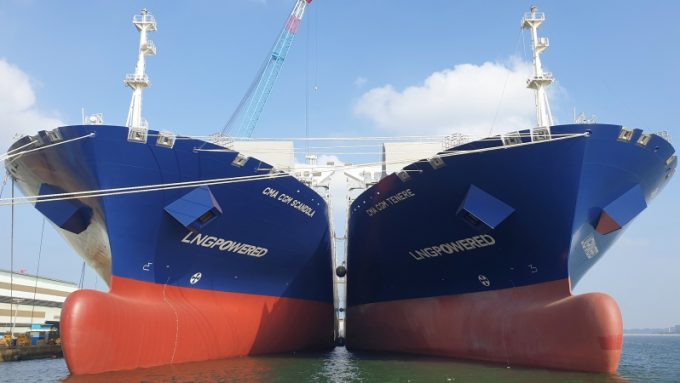India-Africa: Capacity revamp as demand brings rate gains for carriers
India-Africa trade is seeing a reconfiguration of capacity deployment due to the shipping alliance changes ...

Investment in new LNG-fuelled ships has continued at pace, with class society DNV last month recording a further 40 gas-powered vessels on its AFI database, to bring the total to just shy of 700.
DNV’s principal consultant, Martin Christian Wold, said the “strong start” to the ...


Comment on this article